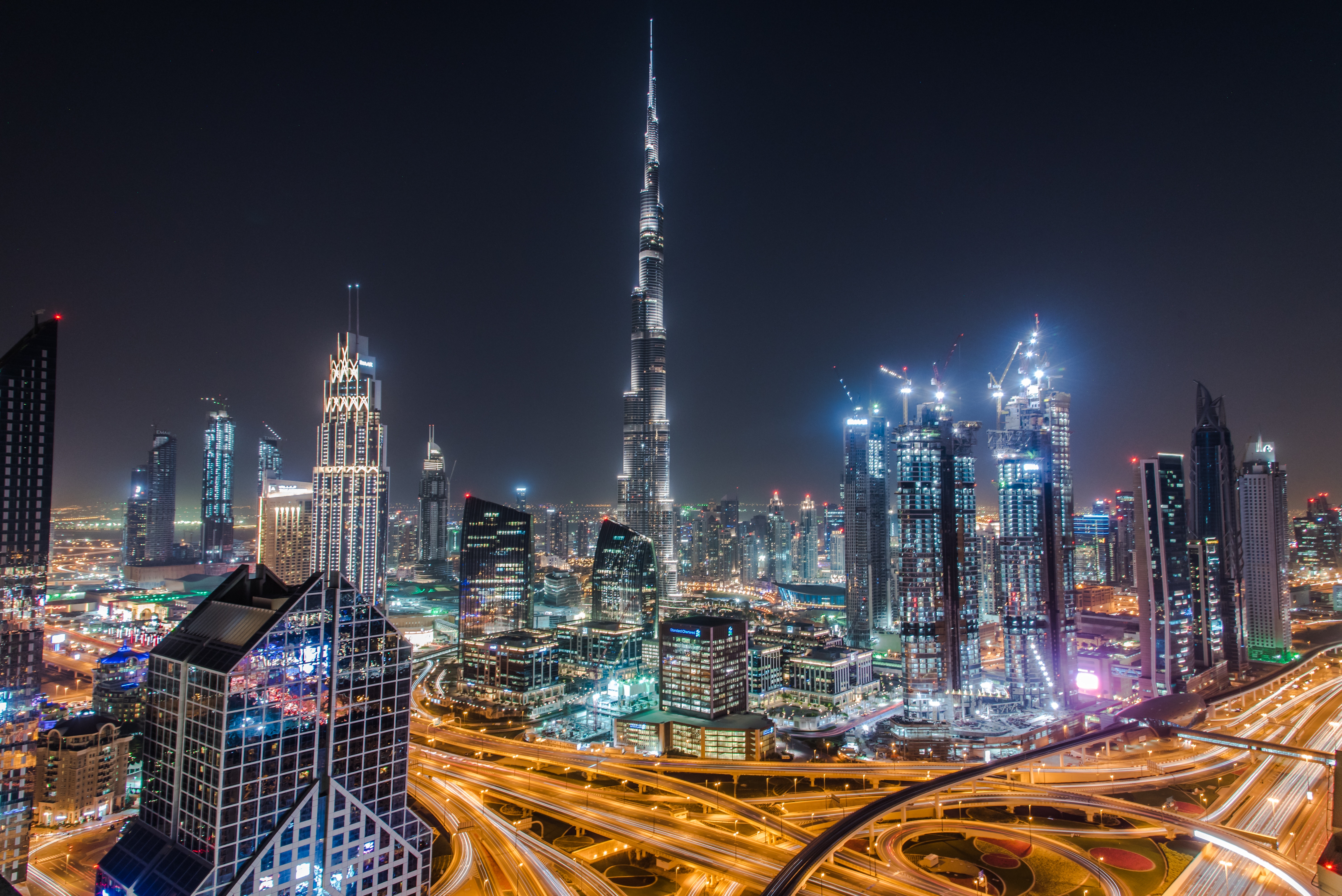
Amid soaring rental prices in Dubai, the archaeological discovery of a 7,000-year-old city has sparked interest as a potential refuge for those seeking affordable housing solutions. Excavations in the region have uncovered remnants of a once-thriving community, complete with advanced infrastructure that challenges previous assumptions about early urban development in the Arabian Peninsula.
The city, located near the shores of the Persian Gulf, reveals intricate buildings and evidence of sophisticated societal organization. Archaeologists believe the site was an essential trade hub, linking ancient civilizations across the region. Findings include pottery, tools, and decorative artifacts, highlighting the city’s role in early commerce. This discovery is not only crucial for understanding the historical context of the area but also presents a unique opportunity for urban planners and policymakers grappling with Dubai’s escalating real estate crisis.
With rental prices in Dubai reaching unprecedented heights—averaging around AED 82,000 for a one-bedroom apartment in desirable neighborhoods—many residents face a financial strain. Reports indicate that the city’s rental market has surged by nearly 25% over the last year alone, pushing residents to explore alternative living arrangements. The newfound ancient city, with its archaeological significance, could serve as a foundation for developing a more affordable housing solution.
Experts suggest that integrating this archaeological site into future urban planning may yield sustainable and economically viable options for housing. The area surrounding the ancient city offers the potential for creating a vibrant community that blends historical preservation with modern living. This could alleviate some pressure on Dubai’s housing market while also promoting cultural heritage and tourism.
Government officials and urban developers are increasingly aware of the need for innovative housing solutions. They are considering plans that not only preserve the archaeological site but also incorporate it into a larger urban framework. Initial proposals include mixed-use developments that prioritize affordable housing, alongside recreational and commercial spaces. Such an approach aims to create a balanced living environment while respecting the historical importance of the site.
Further complicating Dubai’s rental landscape is the influx of expatriates and professionals drawn to the city for its burgeoning economy and opportunities. This trend exacerbates the demand for housing, particularly in well-established districts. Consequently, many are forced to seek accommodations further from the city center, often resulting in longer commutes and a diminished quality of life.
In contrast, the ancient city’s potential as a new residential area could provide a compelling alternative for those priced out of the market. Its historical significance could also draw interest from tourists and locals alike, fostering a sense of community around shared cultural heritage. By establishing a residential zone within this archaeological context, developers can attract a diverse population while ensuring that the city’s rich history is preserved and celebrated.
However, challenges remain in reconciling the preservation of the site with urban development. Conservationists and archaeologists emphasize the importance of conducting thorough assessments to protect the integrity of the site during construction. As developers advance plans for housing in the vicinity, they must navigate the complexities of integrating modern infrastructure while maintaining respect for the ancient structures and artifacts.
Recent discussions among stakeholders, including government representatives, archaeologists, and community leaders, highlight a growing consensus on the importance of balancing growth with heritage conservation. The hope is that by collaborating, they can develop a strategy that honors the city’s past while addressing the pressing housing needs of its current residents.
Interest in the ancient city also comes at a time when the broader UAE government is emphasizing the importance of sustainable development and cultural heritage. Initiatives promoting affordable housing are increasingly becoming part of the national agenda, as authorities seek to provide citizens and residents with viable living options without sacrificing cultural identity.
As the narrative of the 7,000-year-old city unfolds, it becomes clear that this discovery is not merely an archaeological curiosity but a potential catalyst for change in Dubai’s urban landscape. The interplay between history and modernity presents an opportunity for innovative housing solutions that respect the past while addressing the present and future needs of the community.
Public sentiment surrounding the discovery is largely positive, with many residents expressing enthusiasm for the potential of the site to contribute to a more sustainable and affordable urban environment. Community forums and discussions have begun to take place, allowing residents to voice their opinions and desires regarding the future of the site and its integration into the city’s fabric.


